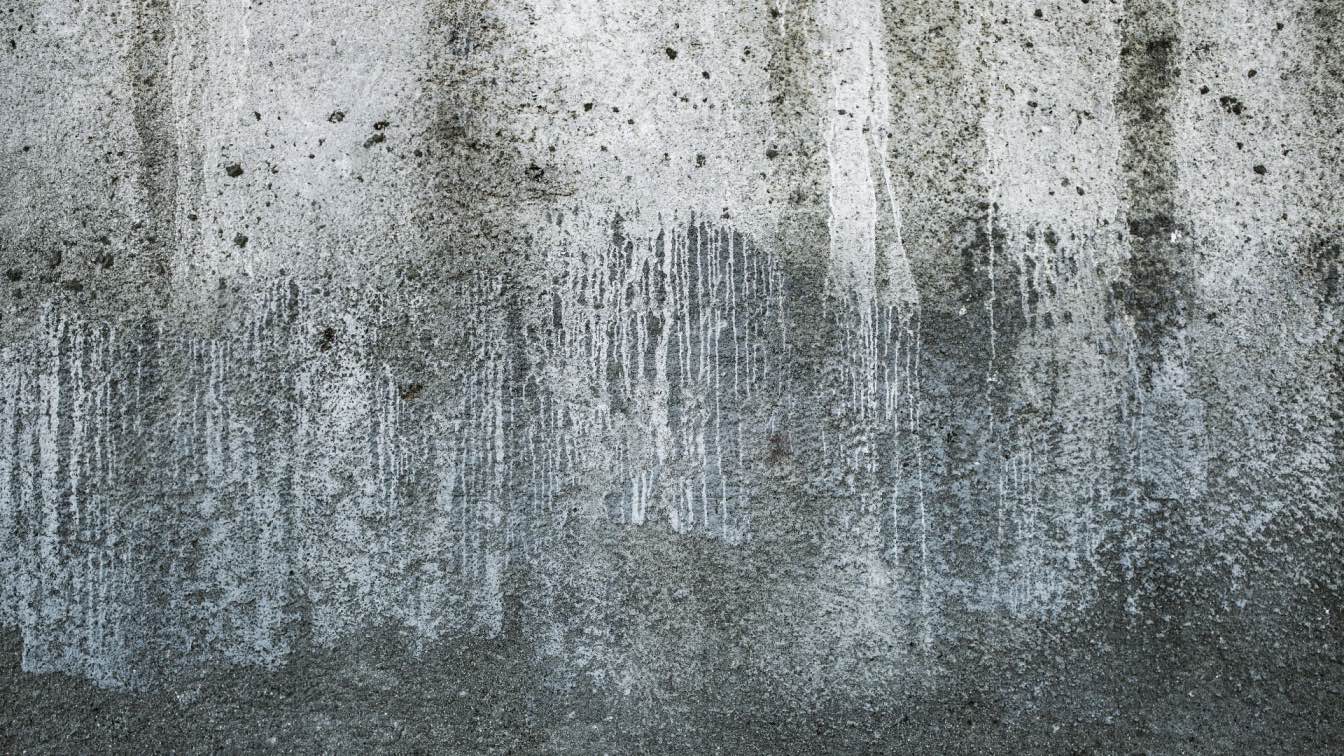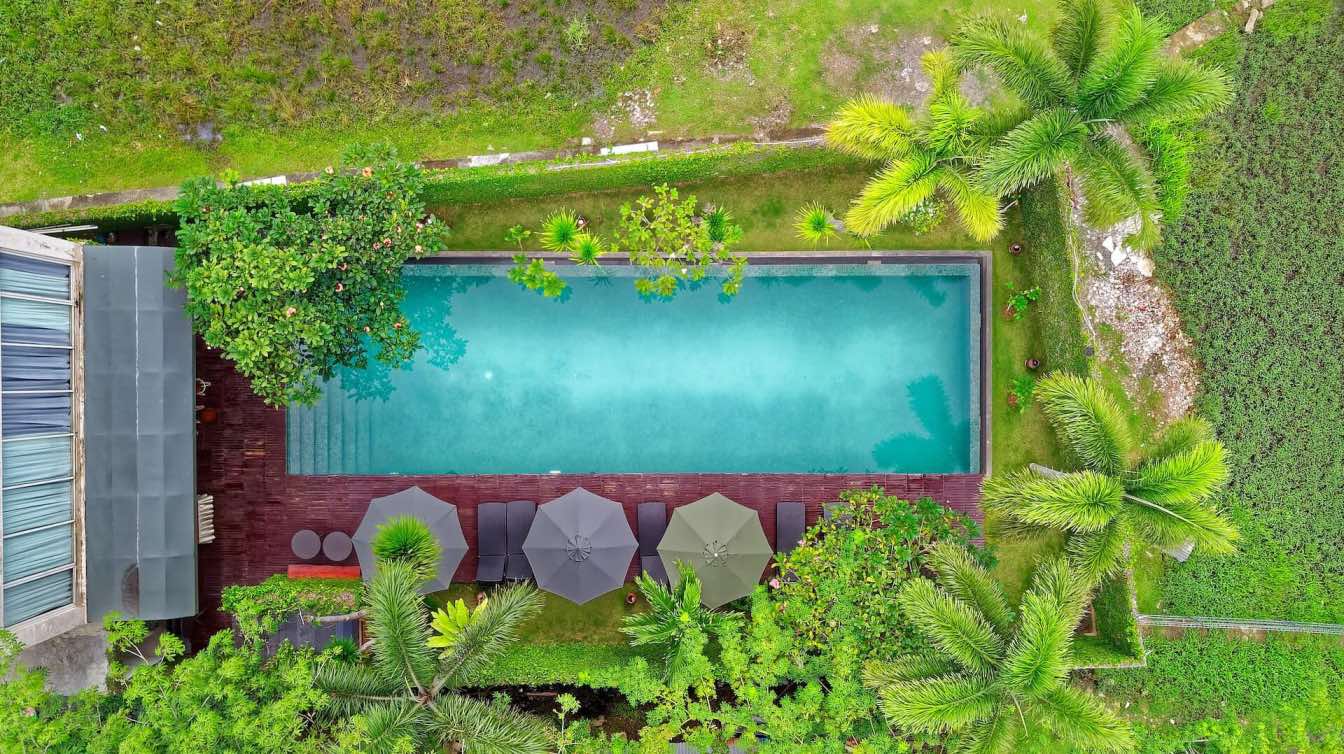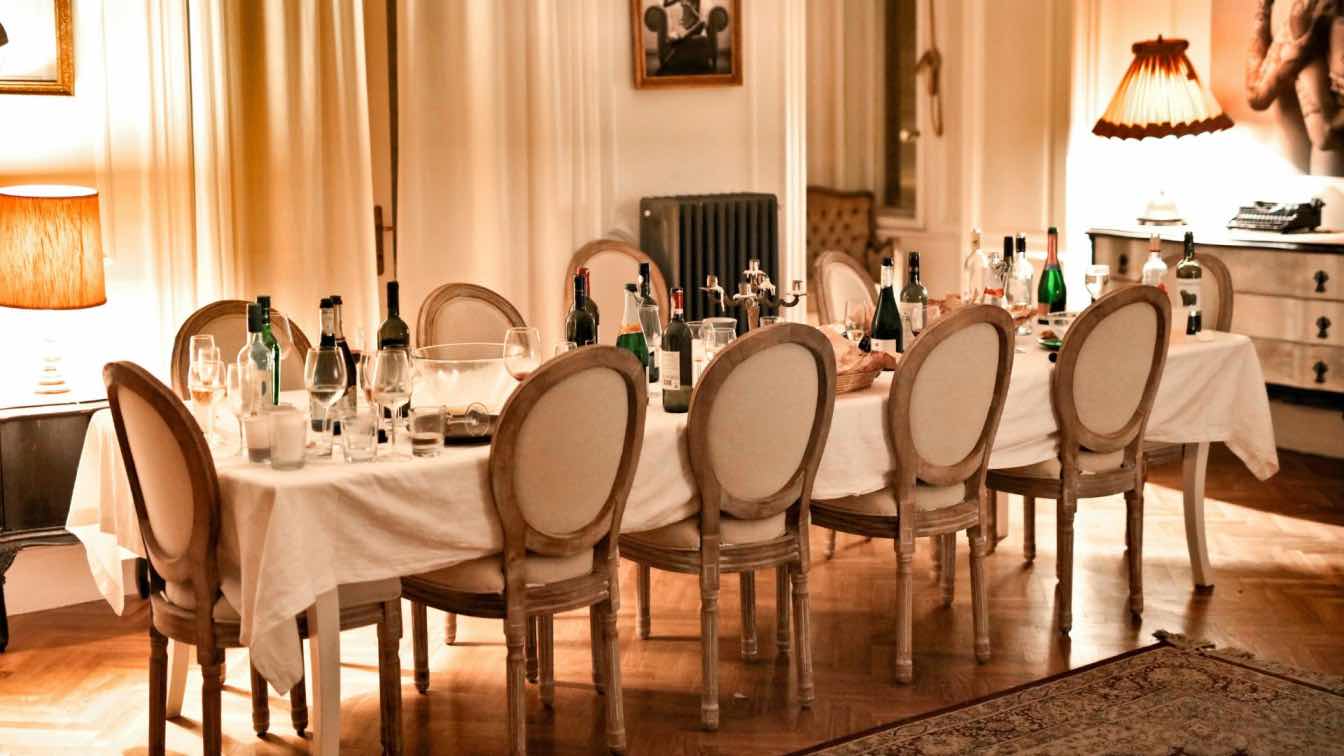Windows are more than just openings for light and air, they are an integral part of a building’s design, functionality, and energy efficiency. Choosing the right windows requires a balance of aesthetics, performance, and practicality. From framing views to regulating temperature, the right selection can elevate a property’s architectural appeal while meeting the specific needs of its occupants.
Aligning Window Style With Architectural Design
The first step in selecting windows is ensuring that their style complements the architectural theme of the home or building. Double-hung windows work beautifully with traditional and colonial-style homes, while expansive picture or casement windows are often better suited for modern, minimalist designs. Historic properties may require custom shapes and materials to maintain authenticity, while contemporary builds offer more freedom to experiment with unconventional designs.
Proportion and symmetry matter. The size, placement, and shape of windows should harmonize with the structure’s facade, rooflines, and doorways. A mismatched style or poorly scaled window can disrupt the visual flow, diminishing the appeal of the property.
Considering Energy Efficiency And Climate Needs
Modern windows are more than decorative, they play a significant role in a building’s insulation and energy performance. The choice of glass, frame material, and glazing options should reflect both the local climate and the home’s orientation. The team behind Better Window & Door says that low-emissivity (Low-E) glass can help reduce heat gain in sunny climates while retaining warmth in colder regions. Double or triple-glazing, insulated frames, and weatherstripping can further enhance energy efficiency, lowering utility costs.
Considering the position of the sun throughout the day can help determine where to place larger windows for natural light without sacrificing thermal comfort.
Evaluating Materials For Durability And Maintenance
The material of the window frame affects its appearance and its durability, maintenance requirements, and cost. Wood frames offer classic beauty and can be customized to suit various architectural styles, but they require regular upkeep to prevent rot or warping. Vinyl frames are low-maintenance and affordable, with good insulation properties, while aluminum frames provide a sleek, modern look with excellent structural strength, ideal for larger window openings.
Fiberglass frames are another strong contender, offering durability, weather resistance, and the ability to mimic the look of wood without the same maintenance demands. Choosing the right material often comes down to balancing budget, climate suitability, and desired aesthetics.
Factoring In Functionality And Operation
Beyond their appearance, windows should be chosen for their intended function and ease of operation. Casement windows, which open outward with a crank, can provide excellent ventilation and unobstructed views, while sliding windows are convenient for areas with limited space. Awning windows are well-suited for allowing airflow during light rain, and tilt-and-turn designs offer versatility for both ventilation and cleaning.
It’s worth considering safety and accessibility. Windows in upper stories may require features like safety locks or tempered glass, and designs should be selected with the needs of all household members in mind.
Maximizing Natural Light And Views
Windows are a primary source of natural light, which has been shown to improve mood, productivity, and well-being. Strategic placement can enhance these benefits by capturing daylight while minimizing glare or heat gain. Factors like the size of the opening, the type of glass, and any window treatments will influence the quality and quantity of light entering the space.
In homes with scenic surroundings, larger picture windows or sliding glass doors can frame views and create a stronger connection between indoor and outdoor spaces. For urban settings, clerestory or transom windows can let in daylight while maintaining privacy.
Balancing Budget With Long-Term Value
Window replacement or installation is a significant investment, and while cost is often the first factor that comes to mind, it should always be weighed against durability, performance, and ongoing maintenance needs. Choosing the lowest-priced option might seem budget-friendly in the short term, but windows that lack quality materials or proper insulation can lead to higher energy bills, frequent repairs, and a shorter lifespan. These hidden costs can outweigh the initial savings.
Higher-quality windows may come with a higher upfront price tag, but they often deliver measurable returns in the form of improved energy efficiency, better weather resistance, and reduced repair or replacement expenses. Features such as double or triple glazing, insulated frames, and advanced weatherstripping can significantly lower heating and cooling costs year-round. In climates with extreme temperatures, these energy savings can quickly add up, effectively offsetting part of the initial investment.
Selecting the right windows involves more than choosing a shape or frame color, it’s about finding the perfect combination of style, function, efficiency, and value. By aligning your choice with the building’s architecture, considering climate and material durability, and balancing aesthetics with practicality, you can ensure that your windows look great and serve your home or building well for decades to come.





